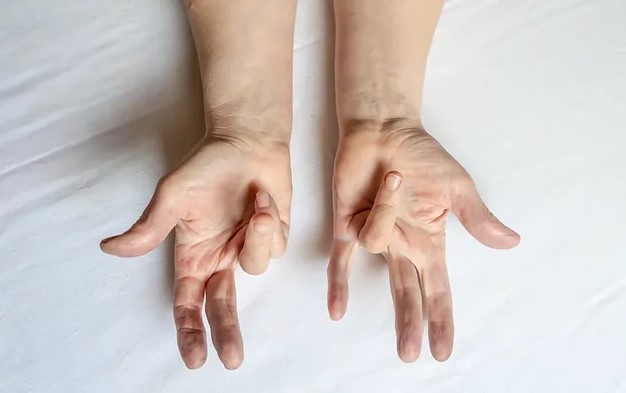
Dupuytren’s Contracture Surgeons are specialized medical professionals who provide treatment options for a hand condition known as Dupuytren’s Contracture. This condition involves the abnormal thickening of the tissue just beneath the skin, known as fascia, located in the palm of the hand and fingers. Over time, Dupuytren’s Contracture can lead to the development of firm cords and lumps that cause the fingers to bend towards the palm. The surgeons offer various treatment options ranging from non-surgical methods like needle aponeurotomy and enzyme injections to surgical procedures such as fasciectomy and dermofasciectomy, depending on the severity of the condition. Their expertise and knowledge play a crucial role in restoring hand function and improving the quality of life for patients suffering from this debilitating condition.
Exploring Treatment Options for Hand Condition: Expertise of Dupuytren’s Contracture Surgeons
Dupuytren’s Contracture is a hand condition that affects the connective tissue under the skin of the palm. It causes the fingers, particularly the ring and little fingers, to bend towards the palm, making it difficult to straighten them. This condition can significantly impact a person’s quality of life, making simple tasks like shaking hands or putting on gloves challenging. Fortunately, Dupuytren’s Contracture surgeons are highly skilled professionals who offer a range of treatment options to help patients regain hand function.
The expertise of Dupuytren’s Contracture surgeons is crucial in managing this condition. These specialists have a deep understanding of the intricate anatomy of the hand and are trained in various surgical and non-surgical techniques to treat Dupuytren’s Contracture. Their primary goal is to alleviate symptoms, improve hand function, and prevent the progression of the disease.
Non-surgical treatments are usually the first line of defense against Dupuytren’s Contracture. These include physical therapy, splinting, and injections. Physical therapy involves exercises that help to maintain the mobility and strength of the hand. Splinting, on the other hand, involves wearing a device that keeps the fingers in a straight position, preventing them from bending towards the palm. Injections, particularly of a substance called collagenase, can help to break down the thickened and contracted tissue, allowing the fingers to straighten.
However, in more severe cases or when non-surgical treatments fail to provide relief, surgery may be necessary. Dupuytren’s Contracture surgeons are adept at performing various surgical procedures, each tailored to the patient’s specific needs and the severity of their condition. Fasciotomy, for instance, involves making small incisions in the hand to divide the thickened and contracted tissue, allowing the fingers to straighten. This procedure is less invasive and has a shorter recovery time compared to other surgical options.
On the other hand, a more extensive procedure known as fasciectomy may be required for more severe cases. This involves removing the affected tissue entirely, providing a more long-term solution. However, this procedure is more invasive and requires a longer recovery period. In some cases, skin grafts may also be necessary to replace the removed tissue.
The decision to opt for surgical or non-surgical treatment is made in consultation with the patient, taking into account their overall health, the severity of their condition, and their personal preferences. Dupuytren’s Contracture surgeons provide comprehensive care, guiding patients through the decision-making process, performing the necessary procedures, and overseeing their recovery.
Post-treatment, patients may need to undergo physical therapy to regain full hand function. This involves exercises that help to improve flexibility, strength, and range of motion. The surgeon will closely monitor the patient’s progress and make any necessary adjustments to their treatment plan.
In conclusion, Dupuytren’s Contracture surgeons play a pivotal role in managing this hand condition. Their expertise in various treatment options, both surgical and non-surgical, allows them to provide personalized care to each patient, helping them regain hand function and improve their quality of life. With their guidance, patients can navigate the complexities of Dupuytren’s Contracture and make informed decisions about their treatment.Dupuytren’s Contracture surgeons offer various treatment options for this hand condition. These include needle aponeurotomy, collagenase injection, and surgical fasciectomy. The choice of treatment depends on the severity of the condition, the patient’s overall health, and their personal preference. All these methods aim to reduce the contracture and improve hand function. However, each has its own risks and benefits, and the patient’s condition may recur after treatment. Therefore, it’s crucial to discuss these factors thoroughly with the surgeon before deciding on the best treatment option.